What is a robot?

When we think about robotA machine or device that can do a task automatically using a built-in computer processor and a computer program., we often think of metal machines from a science fiction film or book.
These imaginary robots often look and behave like humans and can think for themselves.
But real robots are very different.
A robot is a machine or device that can do a task automatically.
That means it can carry out the actions needed to complete a task without help from a person. It knows what to do because it is controlled using a computerA device that processes information by following a set of rules called a program.programA sequence of instructions written in a coding language that a computer can understand..

How do robots work?
Most robots have a computer processorThe part of a computer that processes information and data to complete a task. or small computer built into their machinery. This computer processor controls all the other parts of the robot.
Robots are built with inputData that is sent to a program to be processed. and outputInformation sent out from a computer device after processing.to help them work.
Inputs

Inputs are the parts of the robot that can collect information and send it in to the computer processor.
Some inputs include:
- sensorA device that can collect information about the world around it and sent it to a computer processor. to collect information from the outside world
- buttons to make the robot stop and start
- a remote control to control the robot from a distance

Outputs
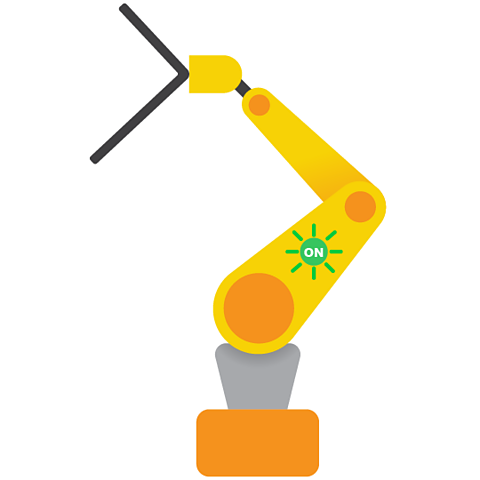
Outputs are the parts that receive information from the computer processor and help the robot to carry out its task.
Some outputs include:
- motorA mechanical device that produces turning motion when activated. to make the robot move
- lights to let us know if the power is on or off
- sounds that tell us when the robot has finished its task

How do we control a robot?
We give robots instructions on how to carry out tasks using a computer program. The computer program is sent to the computer processor built into the robot. The computer processor uses the program to give instructions to the different parts of the robot to make it complete the task.
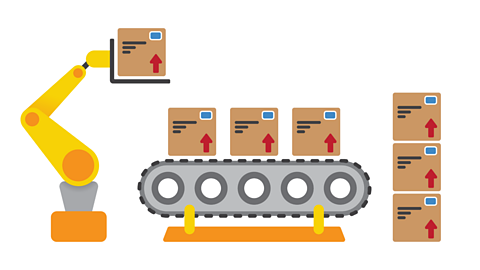
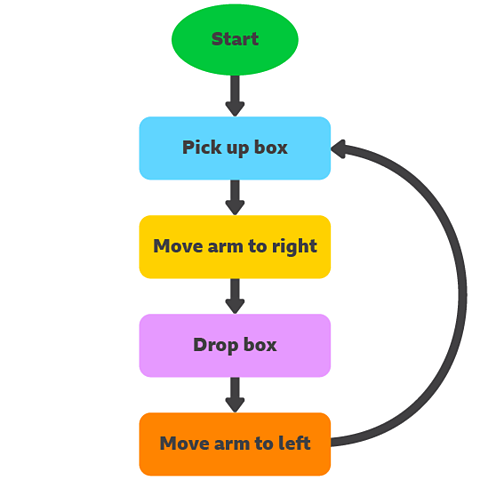
When people write programs for robots, they use sequencing and repetition to make their programs efficient.
Do you remember learning about these before?
- Sequencing - putting instructions in the right order
- Repetition - repeating one small task many times
The program for this packing robot might look like this.
Can you see where the program uses sequencing and repetition?

Are robots better than humans?
Robotic machines are accurate and fast and can repeat the same actions thousands of times without stopping. This makes them useful for repetitive jobs that people may find boring.
Robots can also be stronger than people, so can carry out tasks that involve lifting and moving heavy things.
They don't need food, water or even air to breathe. So they can work in places that people can't go.
Engineers usually design and make robots to carry out one or two tasks really well.
Look at these examples of real robots. Do you think they are better than humans?
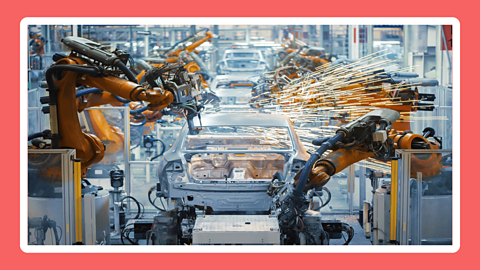
Image caption, Manufacturing robots
These robots are making cars by cutting and joining all the metal parts together like a giant jigsaw. This is tiring and dangerous work for people, but robots can do it without getting hurt or tired.

Image caption, Packing and sorting robots
These robots are sorting, packing and labelling parcels to be sent to people who have bought them online. They can work all day and night without stopping. They can also lift parcels that would be too heavy for people to carry.
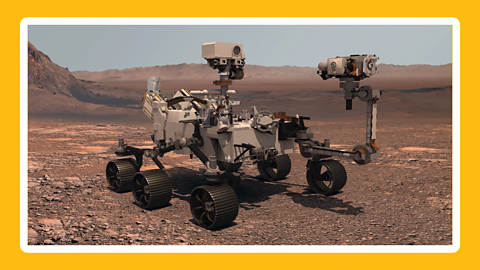
Image caption, Space exploration robot
This robot has been sent to explore another planet in our solar system. Scientists can control the robot from Earth. It is much cheaper and safer to send a robot, rather than people into space.
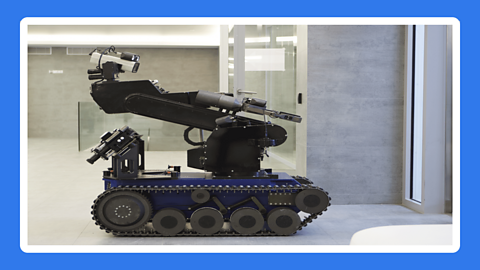
Image caption, Tactical robot
This robot can help to make dangerous objects such as explosives safe. People can control the robot from far away so that nobody gets hurt. They use a remote control to move the robot and operate the arm.
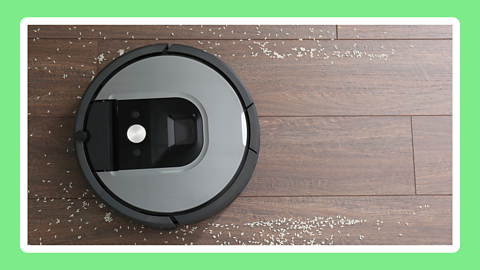
Image caption, Household robot
This robot can automatically clean your floor. When it bumps into obstacles it can change direction, so it doesn’t get stuck. It can clean the floor even when you are not there. This can save you time and effort.
1 of 5
What jobs do you think robots will do in the future?
Robots at home
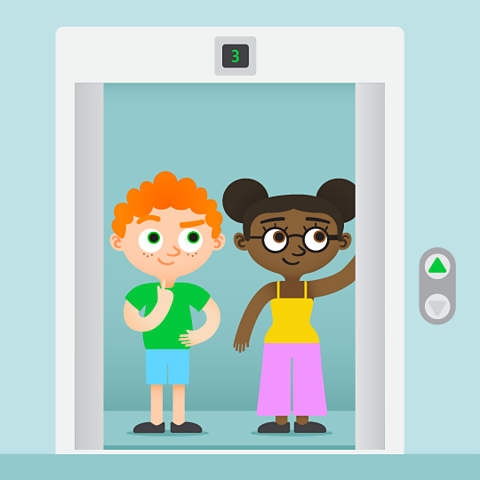
Did you know that we probably have some simple robots in our homes?
Devices such as microwave ovens, washing machines, central heating controllers, smoke alarms, lifts and automatic doors are able to work automatically and are controlled by a computer program. This makes them a type of robot!


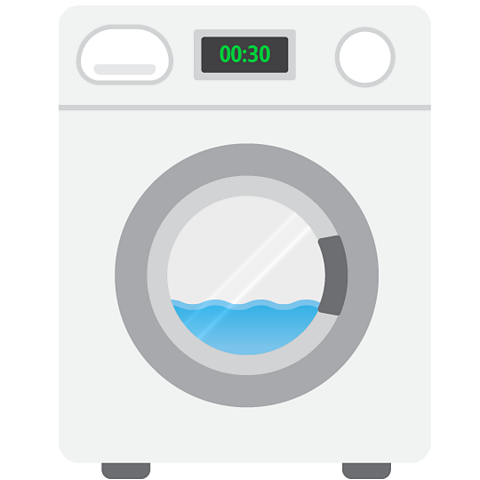
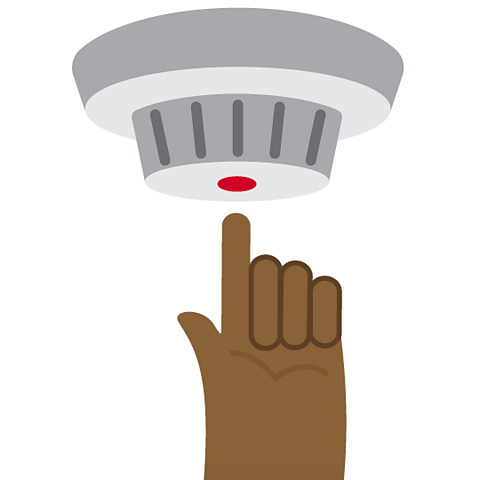
We don't usually call them robots, but they work in the same way as the more complicated robot devices we've already looked at.
Activities
SATs preparation resources. activitySATs preparation resources
Get ready for the SATs papers with videos, activities, quizzes and games to refresh your knowledge and practise your skills.

More on Computer science
Find out more by working through a topic
- count8 of 24

- count9 of 24
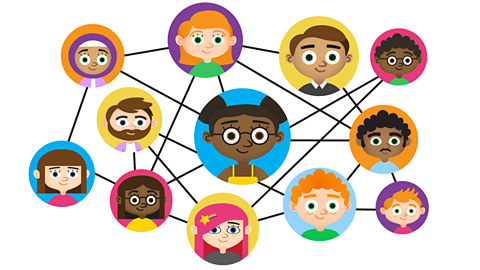
- count10 of 24
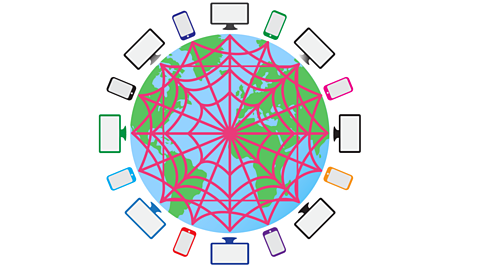
- count11 of 24
